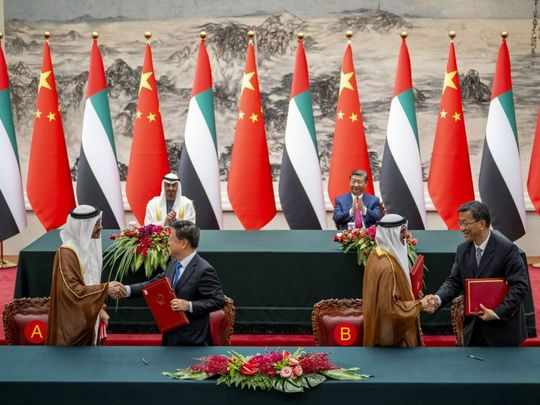Digital Tokens: Who’s Trailblazing Asia’s Development of Central Bank Digital Currencies?
Digital Tokens: Who’s Trailblazing Asia’s Development of Central Bank Digital Currencies?
In today’s coverage of digital tokens, we’ll be investigating the Central Bank Digital Currency (CBDC) race within Asia to explore who’s falling behind, and who’s coming out on top. Defined in its simplest and purest form, a CBDC is a digital form of fiat or local currency. It’s an electronic token of a national ledger that can be issued for retail, wholesale, or international payments, and is regulated by a central banking body. And although interest in this contemporary form of digital payment suffers no restrictions in terms of international interest, nowhere is the development of such more prominent than in the APAC region. So, who’s leading Asia’s CBDC race? Cambodia’s ‘Project Bakong’, which was launched in October 2020 in collaboration with Japan’s Hyperledger Iroha blockchain, stands as the only live example of retail CBDC in Asia. Unlike other similar initiatives, Project Bakong does not utilise digital native money. Instead, users can make payments through their own reserves of either riel or the US dollar. To achieve this, Cambodians can use either their own telephone numbers or a QR payment system to connect with digital wallets over the blockchain. As of January 2021, Project Bakong had successfully transacted over $20























